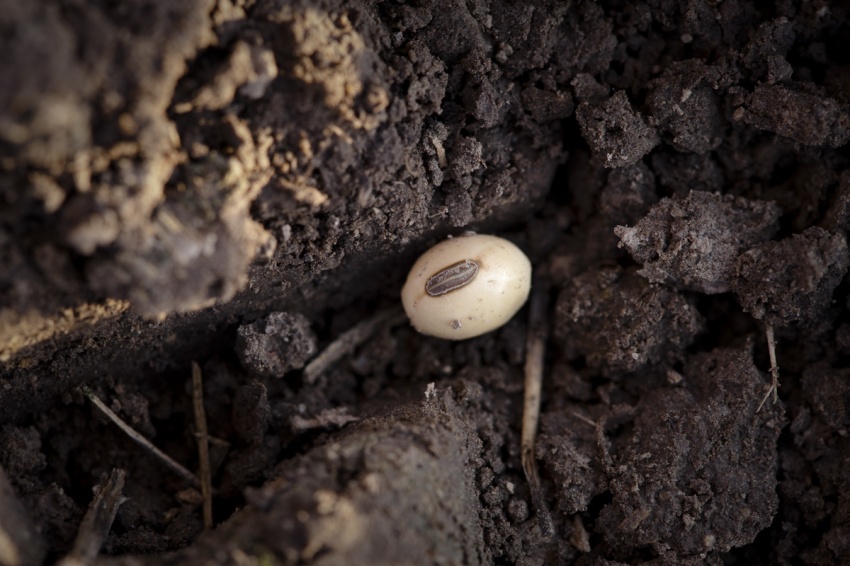Four Tips for Applying Nutrients on a Budget

Don’t let a few lean years set you back on soil fertility
Maintaining your soil fertility is a long-term investment. Set yourself up to maintain or improve your soybean yields in years to come—you’ll appreciate it when you can capitalize on higher crop prices in the future.
1. Follow your soil-test recommendations
Taking and testing soil samples is as important as ever. Investing a few dollars per acre in a soil test will help you use the hundreds of dollars per acre you will likely spend on nutrients for your crop more wisely.
“Land-grant university soil-test recommendations for your area are backed by a lot of data,” says Josh McGrath, Ph.D., University of Kentucky Extension soil fertility specialist. “What a lot of farmers don’t know is that those recommendations are based on maximizing economic return rather than maximizing yield.”
Trimming nutrient costs may sound like a good idea, but under-applying can have drastic consequences. Use your soil test to determine what you need to apply for maximum economic return. Remember that what you don’t apply this year could impact you next year.
2. Consider alternative nutrient-application methods
If it works for your operation, consider applying some of your nutrients in a starter band. Starter band fertilizer allows you to place nutrients close to the root zone, giving you room to potentially reduce application rates.
3. Make sure your soil pH is correct
Soil pH affects everything from nutrient availability to herbicide efficacy, so it’s just as important to maintain pH as it is to maintain soil-nutrient levels.
“In the long run, you can’t overcome soil pH issues by adding more fertilizer,” says McGrath. “Stay on top of your soil pH.”
Your soil-test results should include a lime recommendation based on soil pH and buffer pH.
4. Don’t spend money on extras
There are many products on the market that advertise their ability to make nutrients more available to your crops. Fertilizer enhancers may be something to consider on your farm in good years, but they’re candidates for the chopping block when you’re looking to cut back.
“I wouldn’t invest in a lot of the additives that are out there on the market that supposedly enhance phosphorus, potassium and lime,” says McGrath. “I just haven’t seen any that are worth the value in the $15 per acre you might spend. There are products for nitrogen that do the job, but the right products aren’t out there for phosphorus and potassium.”



